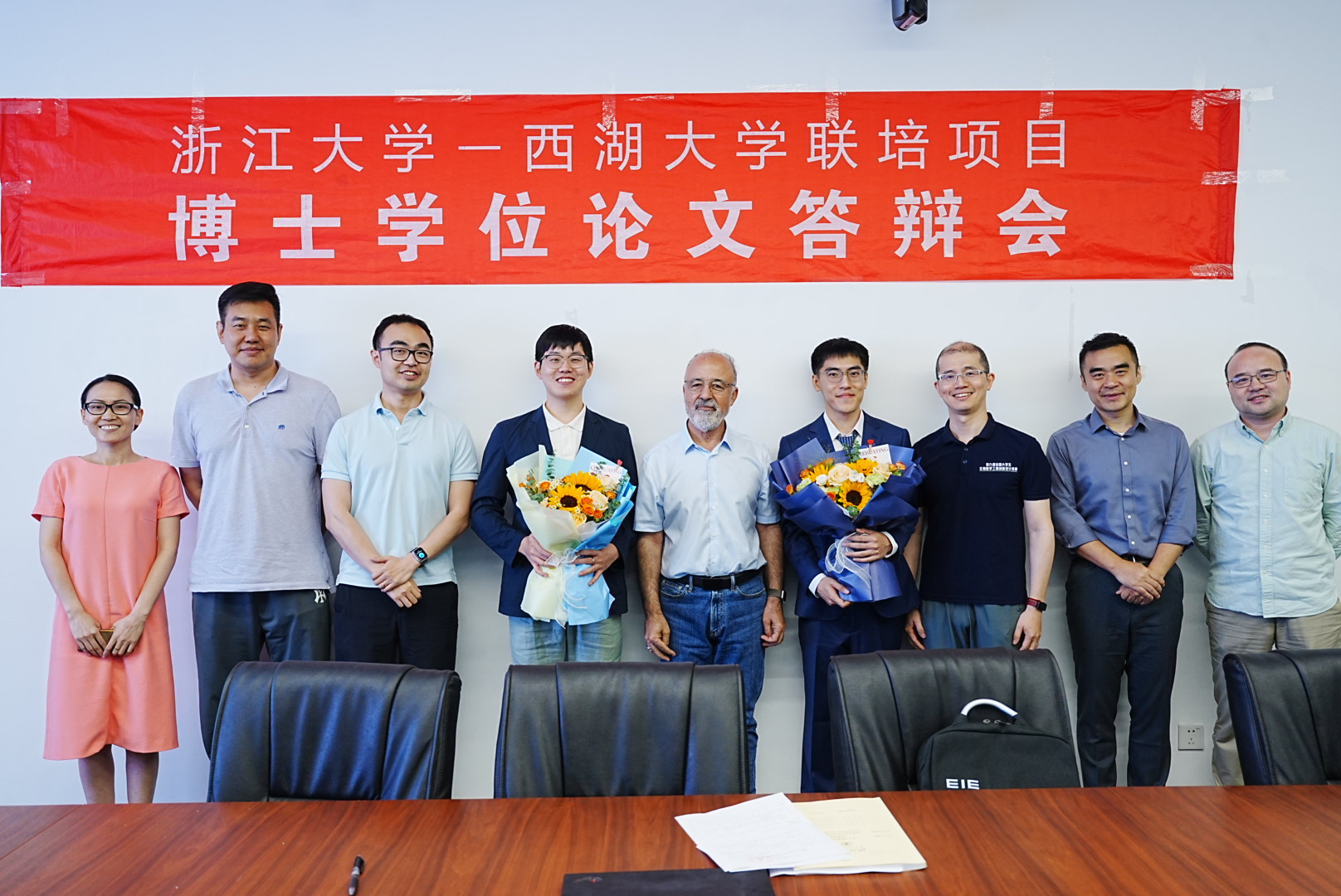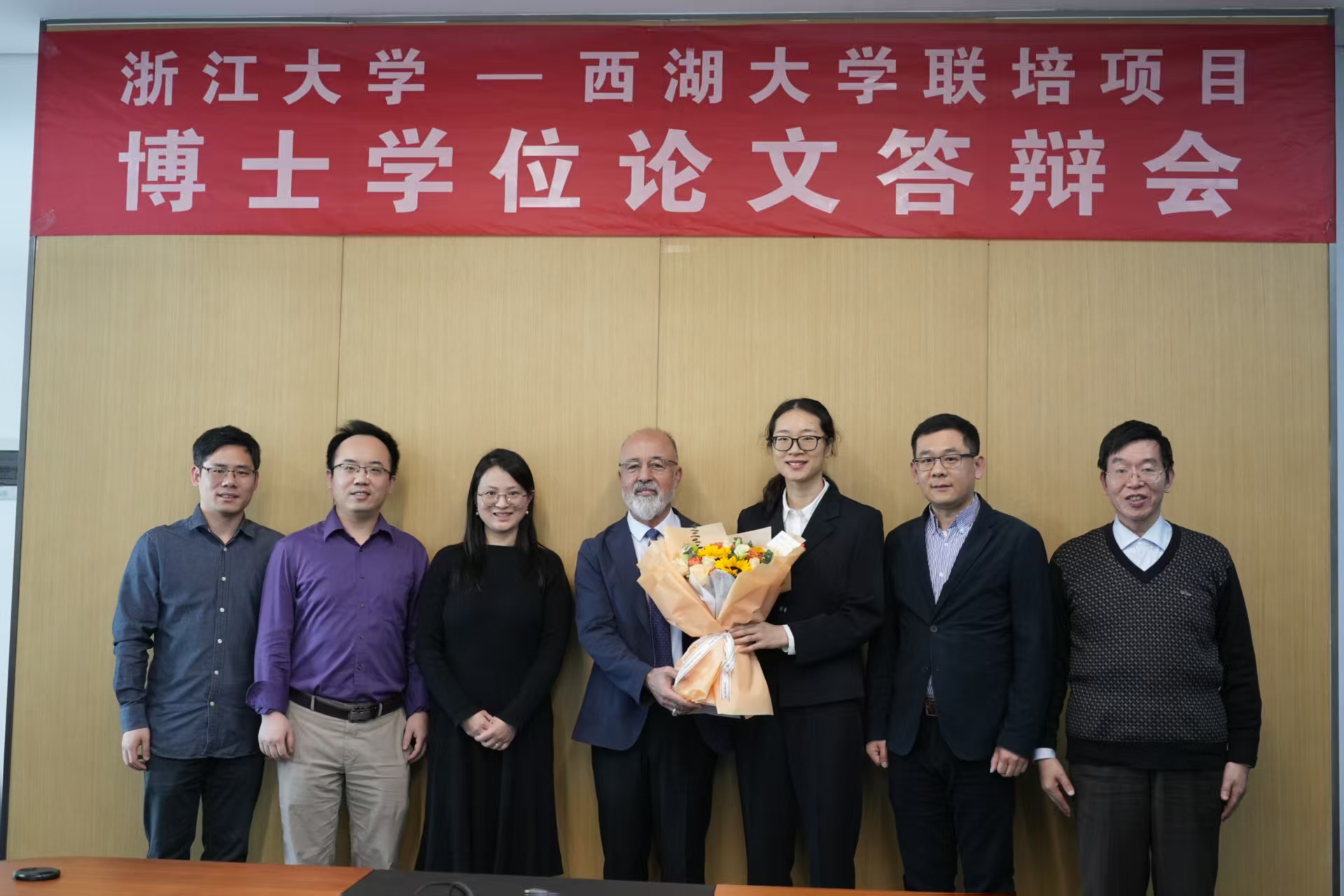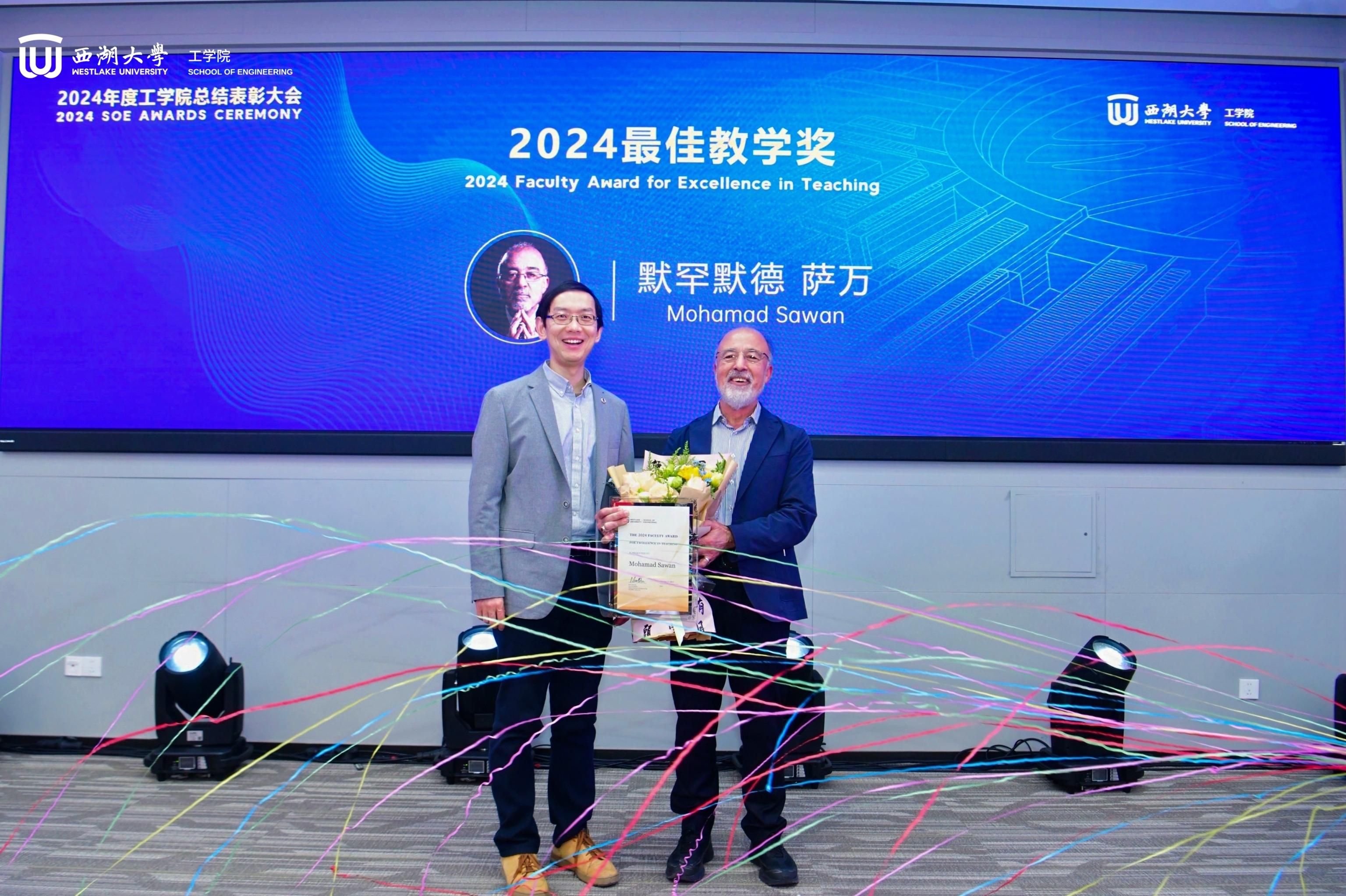Energy harvesting, capturing and storing energy from various environmental sources, has become essential in developing next-generation electronic devices. Among the various energy harvesting techniques, biological fuel cells (BFCs) represent a promising approach that leverages biological processes to generate electricity under mild conditions.
Within the realm of BFCs, enzymatic biofuel cells (EBFCs) generate electricity by enzymatically catalyzing substrates (such as glucose or alcohol) to release electrons, offering multiple advantages such as environmental friendliness, safety, and high integration potential. Their working mechanism naturally aligns with the human body environment, enabling device miniaturization and making them especially suitable for self-powered biosensors (SPBs), such as wearable or implantable devices for health monitoring and disease prevention.
Recently, the CenBRAIN Neurotech Center of Excellence at Westlake University published a review article in MDPI Biosensors, systematically summarizing the latest research progress on EBFCs in wearable and implantable self-powered biosensors. This review paper provides an in-depth analysis of the fundamental principles, key materials, and technical challenges of EBFCs, while also highlighting their application potential in biomedical diagnostics and environmental monitoring.
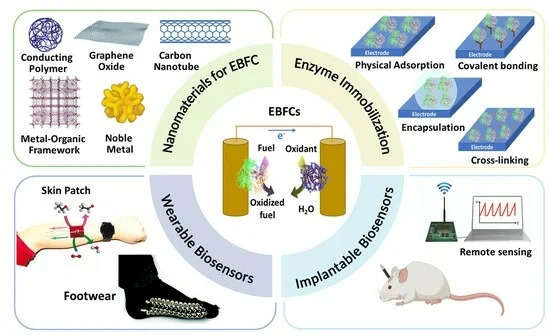
Fig.1. Graphical Abstract.
Moreover, the article explores the critical role of EBFCs in building sustainable, self-powered biosensing platforms and discusses their integration prospects with other energy harvesting and storage systems. This review not only offers a clear roadmap for the development of EBFC technology but also provides strong support for its practical application and translation.
Dr. Zina Fredj, Research Assistant Professor of CenBRAIN Neurotech is the first author of the paper. Chair Professor Mohamad Sawan is the corresponding author. The authors gratefully acknowledge the support from Westlake University, the Future Industry Research Center, and the Leading Innovation and Entrepreneurship Team Project of Zhejiang Province.
Reference
Fredj, Z.; Rong, G.; Sawan, M. Recent Advances in Enzymatic Biofuel Cells to Power Up Wearable and Implantable Biosensors. Biosensors 2025, 15, 218.
More information can be found at the following link:
https://doi.org/10.3390/bios15040218
Abstract
Enzymatic biofuel cells (EBFCs) have emerged as a transformative solution in the quest for sustainable energy, offering a biocatalyst-driven alternative for powering wearable and implantable self-powered biosensors. These systems harness renewable enzyme activity under mild conditions, positioning them as ideal candidates for next generation biosensing applications. Despite their promise, their practical deployment is limited by challenges such as low power density, restricted operational lifespan, and miniaturization complexities.
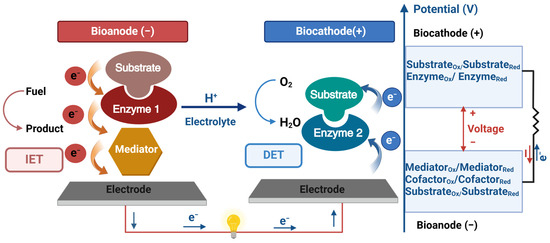
Fig. 2. Schematic representation of an EBFC, demonstrating mediator-assisted electron transfer at the bioanode (−) and direct electron transfer at the biocathode (+). The diagram also highlights proton (H+) movement across the electrolyte and the generation of voltage within the system.
This review provides an in-depth exploration of the evolving landscape of EBFC technology, beginning with fundamental principles and the latest developments in electron transfer mechanisms. A critical assessment of enzyme immobilization techniques, including physical adsorption, covalent binding, entrapment, and cross-linking, underscores the importance of optimizing enzyme stability and catalytic activity for enhanced bioelectrode performance.
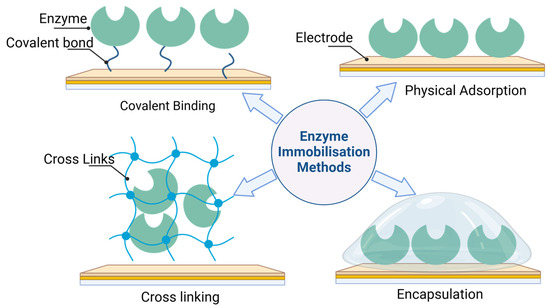
Fig. 3. Methods for enzyme immobilization encompass physical adsorption, covalent attachment, cross-linking, and encapsulation.
Additionally, we examine advanced bioelectrode materials, focusing on the role of nanostructures such as carbon-based nanomaterials, noble metals, conducting polymers, and metal–organic frameworks in improving electron transfer and boosting biosensor efficiency. Also, this review includes case studies of EBFCs in wearable self-powered biosensors, with particular attention to the real-time monitoring of neurotransmitters, glucose, lactate, and ethanol through sweat analysis, as well as their integration into implantable devices for continuous healthcare monitoring. Moreover, a dedicated discussion on challenges and trends highlights key limitations, including durability, power management, and scalability, while presenting innovative approaches to address these barriers. By addressing both technical and biological constraints, EBFCs hold the potential to revolutionize biomedical diagnostics and environmental monitoring, paving the way for highly efficient, autonomous biosensing platforms.



